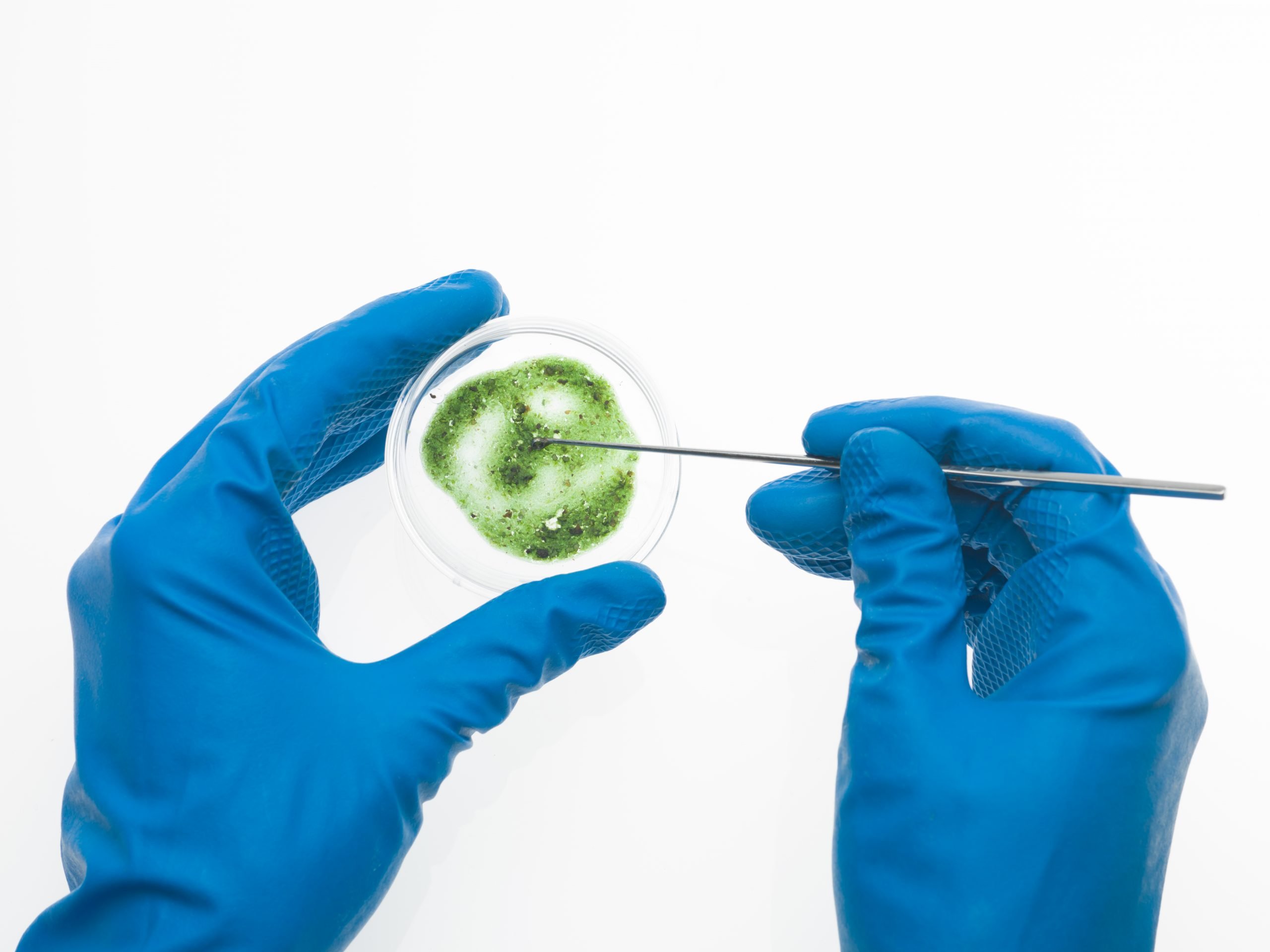The Mold Remediation Process
Understanding Mold
Mold is a type of fungi that can grow both indoors and outdoors. Mold spores are present in the air and can enter your home through open doors, windows, or ventilation systems. Once mold spores are inside, they can begin to grow and multiply. Mold growth is often visible in the form of black, green, or white patches on surfaces. Mold is dangerous because it can produce allergens and irritants that can cause respiratory problems, skin irritation, and other health problems. Some people are especially sensitive to mold and may experience more severe reactions. In addition, mold can cause structural damage to your home by growing on wood, drywall, and other materials. If you suspect that you have mold in your home, it is important to take action immediately. You can remove small amounts of mold yourself with household cleaners and a stiff brush. However, larger areas of mold should be removed by a professional. To prevent mold growth, it is important to keep your home clean and dry, and to repair any water leaks promptly.

Mold Remediation Protocol
The mold remediation process typically involves the following steps:1. Identifying the source of moisture: It is important to locate the source of moisture or water that is fueling the mold growth. This could be anything from a leaky roof, plumbing issue, or damp basement.
2. Containing the area: Making sure the areas affected with mold are sealed off from the rest of the house to prevent the spread of mold spores. It is also important to minimize the amount of dust and debris created during the clean-up process.
3. Removing the mold: Once the source of moisture has been identified and the area has been contained, the mold must be removed from the affected area. This can be done through cleaning, scrubbing, and vacuuming.
4. Disposing of mold-contaminated materials: All materials that have been contaminated with mold must be properly disposed of to ensure that the mold is gone for good.
5. Cleaning up and preventing future growth: After all the mold has been removed, it is important to thoroughly clean and disinfect the area to ensure that any remaining mold spores are eliminated. Additionally, preventive measures must be taken to prevent future mold growth. This might include repairing any structural or plumbing issues, using dehumidifiers, and regularly checking for signs of moisture.
What is Considered A Normal Mold Count?
A normal mold spore count in a room is typically 200-500 spores. Anywhere between 1-1500 mold spores in a room is normal and safe as long as mold colonies are not visibly growing and no water damage is present. Mold spores are present in virtually every room of every building. These microscopic spores can come in many different ways. From the clothes off your back to a breeze coming in through an open window.Penicillium/Aspergillus
The most common mold spore species to appear in indoor air samples. The majority of the hundreds of sub-species are allergenic; only a few are toxic. This group of species only grows with the humidity in the air as its water source.
Cladosporium
The most common mold species and is considered to be allergenic.
Curvularia
Another common allergenic mold.
Chaetomium
A common water marker that usually indicates wet paper and/or drywall.
Stachybotrys
The most common toxic mold species, but not all sub-species are toxic. These species need a direct water source to grow.
Memnoniella
A sister mold to Stachybotrys. The two species will grow together; also considered toxic.
